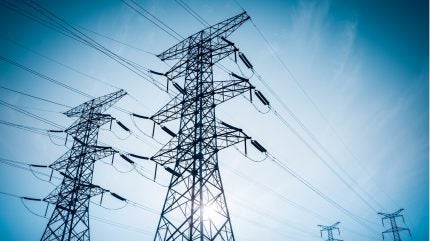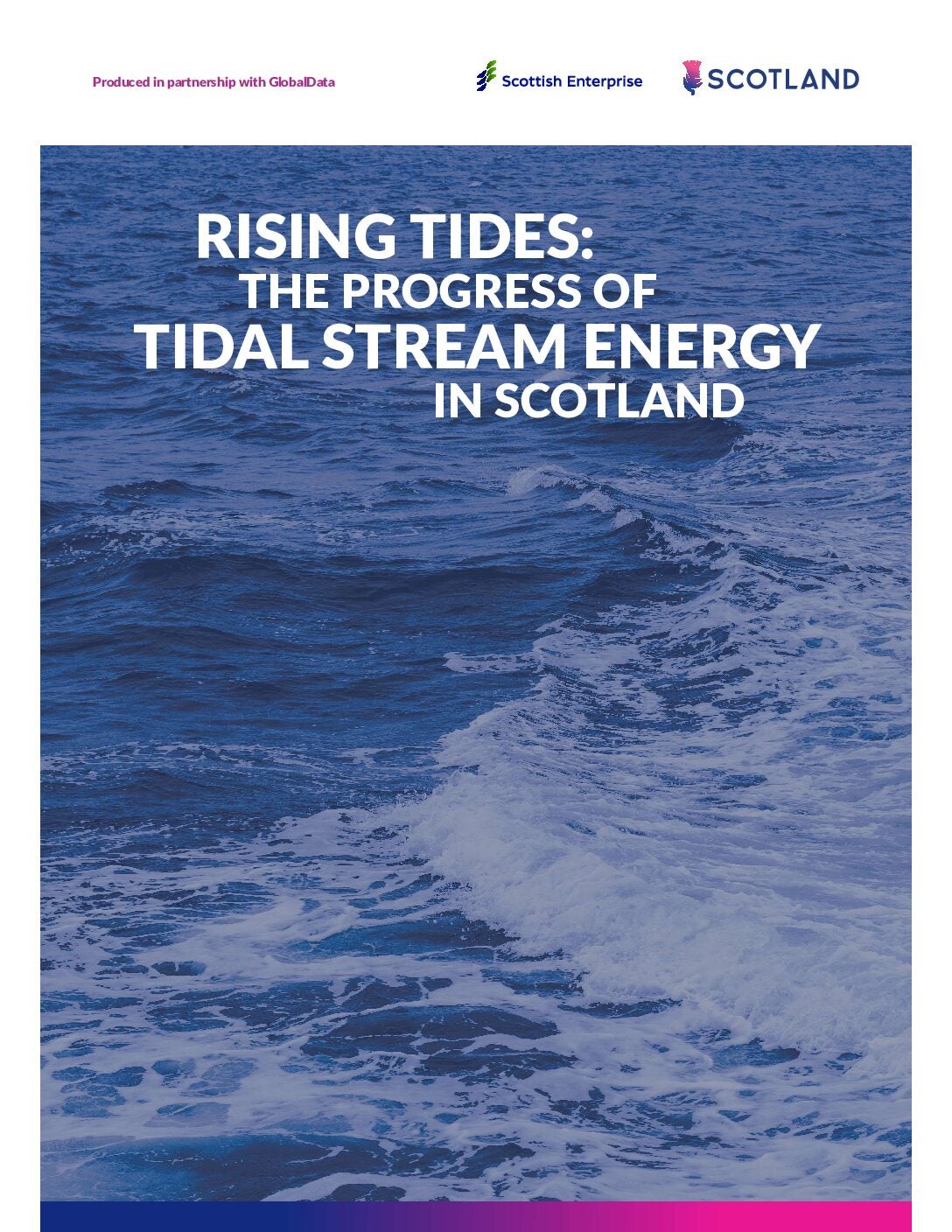
Adani Green Energy, part of Indian conglomerate Adani Group, has announced a significant investment plan totalling Rs2.3tn ($27.6bn) to expand its green energy production.
The investment, as reported by the Hindu Business Line, will be channelled until 2030 to enhance the company’s solar and wind power generation capacity.
Adani Green Energy managing director Vneet Jaain stated: “We are committed to investing Rs1.5tn in solar and wind power generation at Khavda, Gujarat, to increase our capacity to 30GW from the current 2GW.”
Adani Green Energy plans to invest a further Rs500bn in similar renewable projects across the country.
The investments are part of the company’s broader strategy to reach an operating portfolio of 45GW by 2030, a significant increase from its current capacity of 10.9GW.
Adani Green’s current portfolio includes 7.3GW of solar, 1.4GW of wind and 2.1GW of wind-solar hybrid capacity.

US Tariffs are shifting - will you react or anticipate?
Don’t let policy changes catch you off guard. Stay proactive with real-time data and expert analysis.
By GlobalDataThe expansion efforts will be supported by Adani New Industries (ANIL), which aims to triple the photovoltaic cell and module production capacity at its Mundra factory in Gujarat.
ANIL will invest Rs300bn to increase the factory’s capacity from 4GW to 10GW by the financial year 2026 to 2027.
In March 2024, India’s Reliance Industries Limited (RIL) acquired a 26% stake in Adani Power’s power project in the state of Madhya Pradesh.
The agreement included the allocation of 50 million equity shares of Mahan Energen, a subsidiary of Adani Power, each with a face value of Rs10, to RIL.
This move is part of a strategic pact between the two companies, allowing RIL to use 500MW of electricity generated by the thermal power plant for captive purposes [in which a customer sets up its own power generation plant for self-use in the absence of a reliable and cost-effective alternative].




